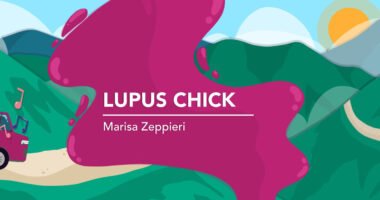Reflexology: Lupus

Lupus and Reflexology
Have you considered reflexology to ease lupus? Reflexology is an ancient practice passed down through the ages. Proof of the practice may date back to pre-dynastic China 3000 BC. The Incas and Native Americans may have introduced reflexology to South and North America. What is reflexology? It is a homeopathic massage technique designed to relieve pain. Reflexology zones are located in the feet, hands, teeth, ears, and tongue. Following these easy reflexology techniques is super relaxing and may even offer additional health benefits.
Encyclopedia.com defines reflexology: Reflexology is a therapeutic method of relieving pain by stimulating predefined pressure points on the feet and hands. This controlled pressure alleviates the source of the discomfort. In the absence of any particular malady or abnormality, reflexology may be as effective for promoting good health and for preventing illness as it may be for relieving symptoms of stress, injury, and illness.
How can reflexology help with lupus? Based on pressure points in the hands and feet that are said to connect to the nervous system, reflexologists pinpoint specific glands and organs to treat them via massage. Whether it actually connects to these other parts of the body is somewhat controversial. However, the simple idea of touch therapy may play a role. When we feel connected to others, we gain a stronger sense of overall well-being.
These five basic foot reflexology techniques, from Howcast.com will help you get started. Reflexology is so easy to learn that it’s certainly worth a try. In the comments, let us know if it works for you.
In modern reflexology, the foot is divided into 12 pressure zones. Reflexology stimulates nerves in the body to encourage blood flow. Because of this, reflexology is thought to prevent and stop pain.
Reflexologists claim to treat many ailments, particularly those associated with pain and inflammation. Practicing these techniques may help with stress, fibromyalgia, chronic bowel diseases, muscle pain, and even difficulty breathing due to tight muscles. It may also promote a sense of well-being and good overall health.
For more tips, follow us on Pinterest.





